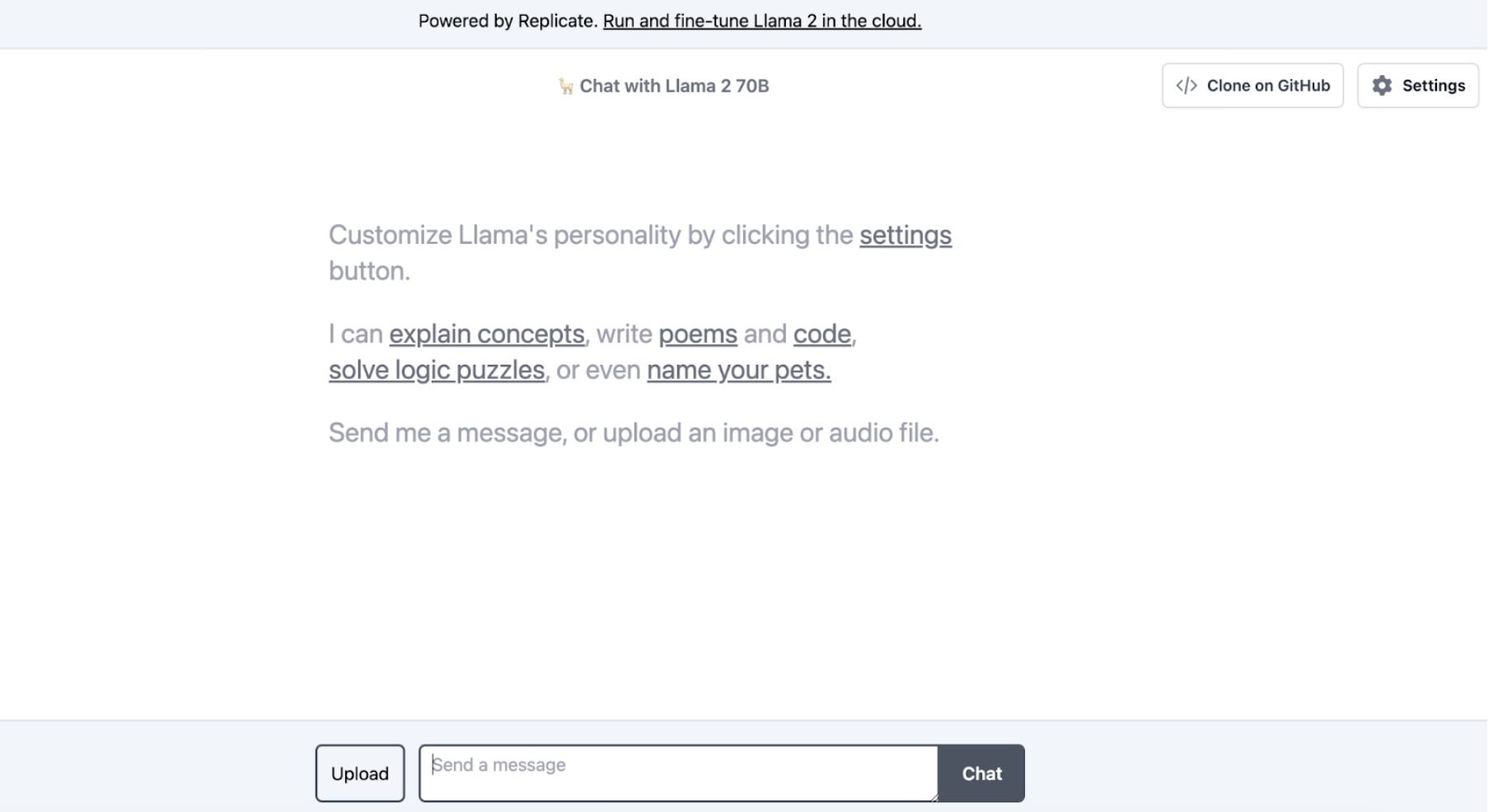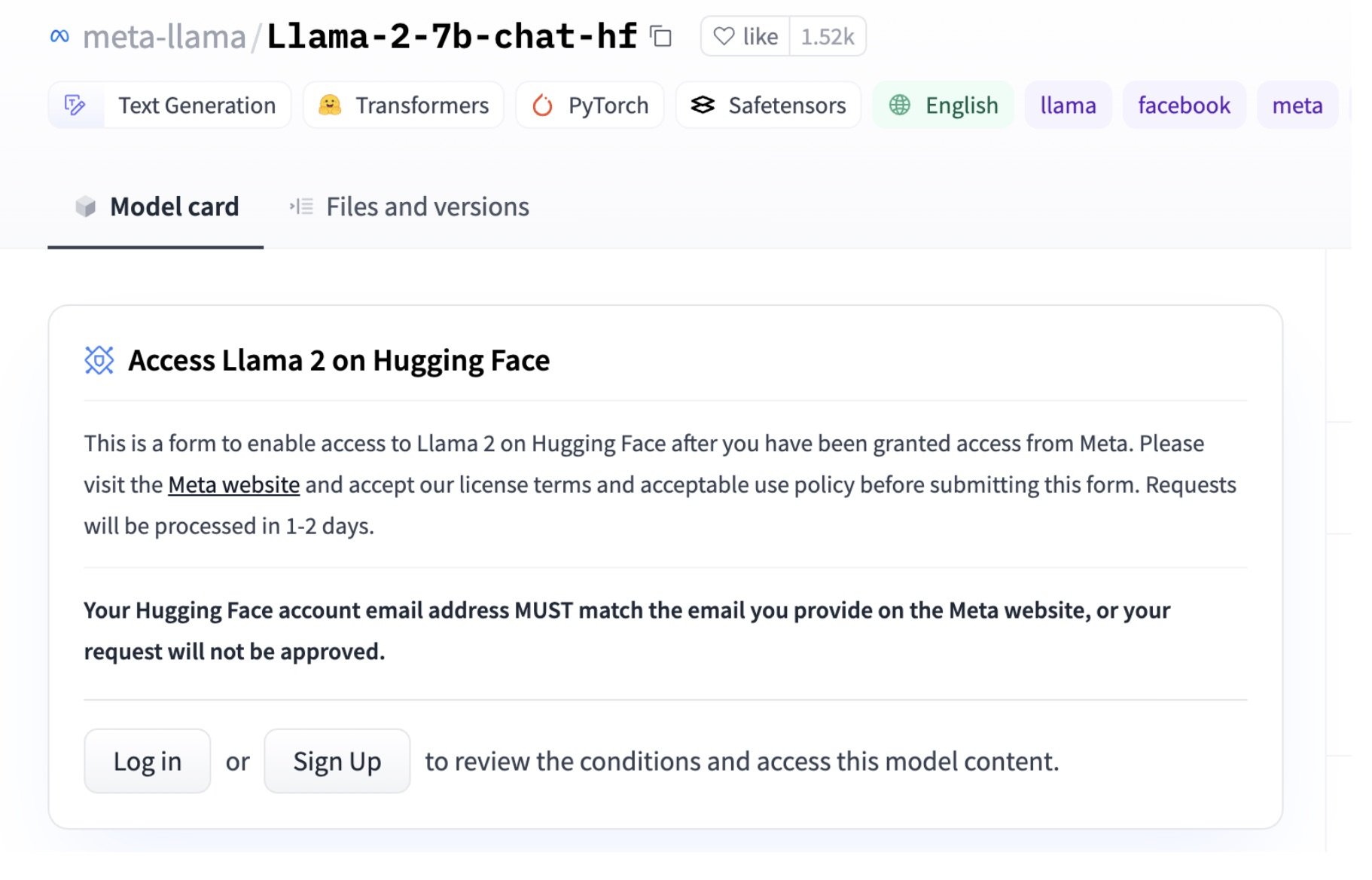This is a chapter from #PRstack: AI tools for marketing, media, and public relations, the latest #FuturePRoof publication. You can buy a copy of the complete book from Amazon in Kindle and print formats. The Kindle version doesn’t include images due to format limitations.
LLaMA 2 by Laura Richards | Practitioner
Open-source large language models such as Meta's LLaMA 2 enable organisations to run AI on their own infrastructure for customised applications in public relations, providing transparency, affordability, data security, and tailoring while requiring technical expertise for implementation.
Alongside well-known Large Language Models (LLMs), such as OpenAI’s GPT and Google’s Bard, sits an alternative for organisations looking to utilise deep learning models. Open-source LLMs use the same type of neural networks and large data sets to train AI models to understand and generate different types of content, but they make their source code and training models available publicly. The most well-publicised open-source LLM is Meta’s LLaMA 2 (released July ‘23).
LLaMA 2 has three core options (models) to generate human-like text: its main pre-trained model, plus two fine-tuned models focusing on ‘chat’ and ‘coding’. The LLM’s performance is on a par with comparable proprietary models, having been trained on a colossal amount of text sourced from the web, including platforms like Wikipedia and Project Gutenberg. For the release of Llama 2, the training data was curated to remove websites that often disclose users’ personal data, and weighted its sampling towards trustworthy sources.
Where it fits within public relations workflow
Unlike proprietary LLMs, open-source models don’t require a licence and can be used, modified and distributed by anyone. They are also free to use (although infrastructure costs are associated with running them). The downside is that they do not have a user-friendly interface available off-the-shelf, so we are unlikely to see individuals starting to use LLaMA 2 in their everyday workflows in the way that large models such as ChatGPT have been adopted.
The opportunity for agencies and in-house teams is that open-source LLMs can be used within a company’s own digital infrastructure, providing complete control over company data and reducing the risk of data leaks and unauthorised access. Once set up, open-source LLMs can also be trained on company data, or trained to carry out specific tasks. This means that public relations agencies and teams can benefit from:
• Transparent AI models.
• That are affordable.
• That offer data security and confidentiality.
• That can be tailored to the company’s needs.
As of the time of writing, large enterprises are more likely than smaller agencies to start embedding LLaMA 2/ open source LLMs into their workflow, due to the technical know-how required to train and maintain a bespoke AI. However, this might change as new tools and software services are built on top of LLaMA 2, making its capabilities more accessible to public relations practitioners.
How to use LLaMA 2
Anyone who wants to try LLaMA 2 can do so at llama2.ai, a chatbot demo that is available publicly.
For organisations or individuals that want to run LLaMA 2 on their own machines or within their own cloud infrastructure, they will need to download the code from Hugging Face (the leading platform for open-source AI models). This requires a Hugging Face account (free) and the necessary libraries and dependencies to run the code. For organisations that do not have an in-house technical team, hiring a developer that understands AI is the easiest way to get started.
LLaMA 2 can also be accessed directly through Microsoft Azure and Amazon Web Services.
Example use cases
• Tailored customer service
Imagine having a virtual assistant who can answer customer inquiries around the clock, trained on the content of a company website or other proprietary materials. This way, when customers or potential clients ask questions, they would interact with a chatbot that understands the company's offerings and responds in a natural, engaging manner. It makes personalised customer service available 24/7.
• Knowledge repositories
Onboarding new staff can be time-consuming, especially when familiarising them with company-specific information. LLaMA 2 can be used to create internal chatbots or knowledge bases that hold answers to common company-related questions. New team members can ask the chatbot about company policies, project procedures, or any other relevant information, and get instant, accurate answers.
• Advanced data analytics
Evaluating the success of campaigns often involves sifting through loads of data, which can be daunting - especially for those not well-versed with data analysis. LLaMA 2 can simplify this process by allowing public relations practitioners to interact with data in a conversational manner. For instance, instead of wrestling with complex analytics tools, you could simply ask the system to summarise the key takeaways from a recent campaign, analyse web traffic data, or gauge the sentiment of press coverage.
Laura Richards, founder, Idea Junkies
https://www.linkedin.com/in/laurarichardsfcipr/
Laura Richards is a public relations practitioner and founder of Idea Junkies, an agency championing ideas that change the world. She is a technology enthusiast who spends her spare time building AI tools with NoCode.


